#york mall
Text
The dead malls of York
Continuing on the theme from my last post about York Galleria, I'm going to talk more about the four now-closed malls in York that came before the Galleria.
The York Mall
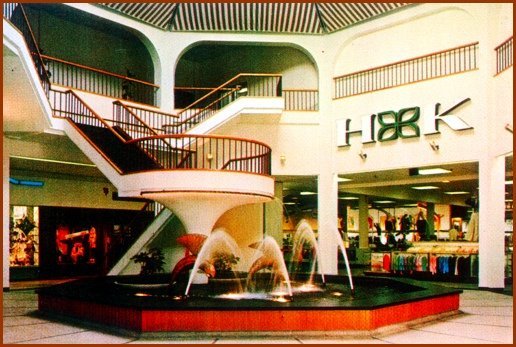
The York Mall opened in 1968, developed by the famous Kravco Company of Philadelphia. It was a fairly large mall for its era (about 700,000 Square feet of retail space, I believe). It was primarily a single-level mall, though in this rare interior photo you can see stairs leading up to a small 2nd level that included a community room and some offices. The opening anchors were JCPenney, Montgomery Ward, and Maryland-based Hochschild-Kohn (seen in the above picture). The mall also featured a Trans-Lux Theater and a flagship location of McCrory's variety store. In fact, the McCrory's distribution center was located directly next door to the York Mall, and a concrete ramp led straight from the distribution center's parking lot right up to the back of McCrory's store around the rear side of the mall. The ramp still exists today as a relic of this bit of McCrory's history. The layout of the mall had Penney's at one end and Wards at the other, with Hochschild-Kohn right in the middle. You'd have to walk through the Kohn's department store to get from one end of the mall to the other.

Hochschild-Kohn's declined in the 70s, closing their York Mall store in 1975. York's own local department store, The Bon-Ton, opened in this spot that same year. The York Mall remained the largest mall in town for 21 years until George Zamias built the 2-story York Galleria practically next door in 1989. Both The Bon-Ton and JCPenney left the York Mall for the York Galleria when it opened, but it wasn't a total loss because The Bon-Ton kept their store open as a new discount concept called "Bon-Ton Express" on the ground floor and put their corporate offices on what had been the 2nd floor of the department store. Still, the new competition from the Galleria badly hurt the York Mall and forced it to go more downscale. Looking to replace JCPenney, the York Mall signed a lease with Arkansas-based discount store Walmart in 1990 - it was the first Walmart in the state of Pennsylvania and was then the largest in the country at 130,000 square feet. Walmart also built a new Sam's Club right next to Montgomery Ward. At the time, the destructive tendencies of Walmart were not as widely-known.

The York Mall still did alright for a few more years with its new configuration. But stores in the mall noticed a drop in business after The Bon-Ton Express closed in May of 1992. Bon-Ton executives attributed the closure to Walmart, whose cash registers only faced their parking lot entrance (in other words, you could enter Walmart from the mall, but you have to leave out towards your car). Burlington replaced Bon-Ton Express in 1993, but it didn't do much to help sales at the small shops. Around the turn of the century, the demise of Montgomery Ward and McCrory's left gaping vacancies in the north end of the mall while an expansion of Walmart into a 240,000 square foot supercenter swallowed up the entire south end of the mall. It didn't take long after that for the remainder of the mall to be demolished.
North Mall

The North Mall - "the first completely carpeted, enclosed shopping center in the East!" - opened in 1969, as the 2nd enclosed shopping mall in York, PA. It was a smaller mall that was sort of split level; the upper level was fully enclosed and anchored by The Bon-Ton and a G.C. Murphy's variety store. At the end opposite of Bon-Ton, an artistic ramp took you down to a lower level that turned into an open air strip mall. This section was anchored by a J.M. Fields discount store, which included a Pantry Pride discount grocery store inside. The whole mall was owned by Food Fair Properties, which shared the same parent company (Food Fair) as Pantry Pride and J.M. Fields.

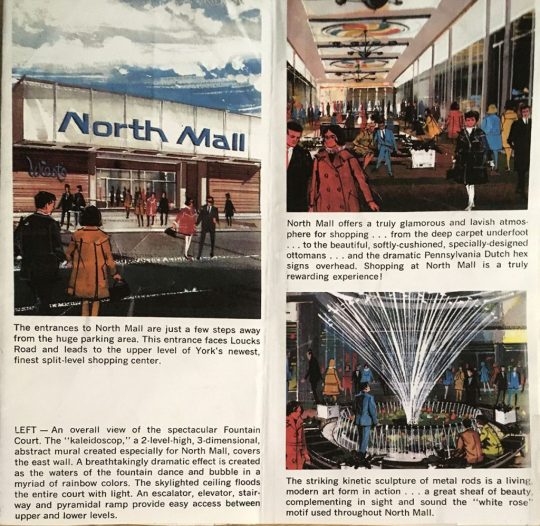
Food Fair became a pretty large company in the 60s and early 70s, having expanded its subsidiaries Pantry Pride and J.M. Fields nationally. But the business then began to suffer, leading to bankruptcy and the closure of all J.M. Fields stores in 1978. The Pantry Pride at North Mall closed as well. The anchor building that had housed Fields and Pantry Pride was large and difficult to find a replacement tenant for. It housed women's apparel store Marianne's for a few years in the late 70s/early 80s.

1981 brought the opening of West Manchester Mall, a project of famous developer Crown American Corporation. Compared to the nearby North Mall, West Manchester was much newer and larger. The North Mall had never updated, and was still very much a fully-carpeted, flower-patterned product of 1969. The Bon-Ton closed at North Mall to open a new store at West Manchester when it opened. The Bon-Ton was quickly replaced by the 4th location of discount department store Mailman's. Ironically, Mailman's had a collaboration with The Bon-Ton wherein Bon-Ton would supply their own apparel merchandise at Mailman's stores, so Bon-Ton never totally left the North Mall after all. At that point, the North Mall felt pressured to go downscale, so the mall became known as the "North Mall Factory Outlet Center". Burlington opened in the former J.M. Fields location in 1983, and the mall kept afloat for a while. In 1984, G.C. Murphy's closed their store, apparently in violation of a 20 year lease they had signed which did not expire until 1989 (this prompted a lawsuit from the mall). In 1988, the collaboration between Mailman's and Bon-Ton ended, so the North Mall Mailman's lost its whole apparel department. By the end of that same year, Mailman's closed after failing to reach a lease deal with North Mall management. This was the last staw for North Mall, which by 1990 was slated for redevelopment into "Manchester Crossroads," a strip mall. It was the first mall in York to be de-malled.
Delco Plaza Mall
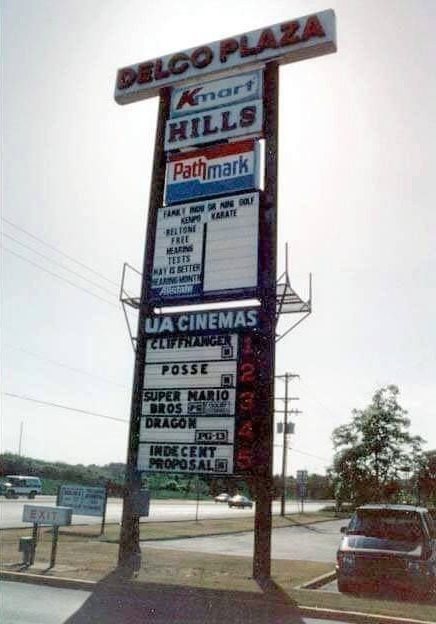
The Delco Plaza Mall was a small, discount-oriented mall opened in 1974 in west York, not far from the North Mall. It featured Hills and Grant City (both discount department stores) as anchors as well as a United Artists movie theater in the mall and a Pathmark grocery store in the parking lot. The UA theater was the first 3-screen cinema in York and drove a lot of traffic into the mall. The name of this mall has always confused me because "Delco" is common shorthand for Delaware County, PA, a county which York is very much not located in. The first issue for Delco Plaza was the bankruptcy of W.T. Grant Co., the parent company of Grant City. This resulted in what was then the largest retail bankruptcy liquidation in American history when all of the Grant's stores closed in 1976. Many former Grant Cities, including the one at Delco Plaza, were snatched up by Kmart for new stores.
In 1981, the West Manchester Mall opened, hurting smaller, older malls like Delco Plaza. At some indeterminate time after this, the UA cinema in the mall was downgraded to a cheaper, second-run theater, which had an adverse effect on mall traffic. The Pathmark also closed, and slowly the stores inside the mall began to go under as well. Though the addition of some new tenants like a post office branch and liquor store helped keep the mall open, it was not enough to save it. Hills, struggling in face of competition from Walmart in particular, was bought out by Ames discount department stores in 1999. Ames, in turn, went out of business in 2002. Kmart closed shortly thereafter. The mostly vacant mall faced demolition in 2005.
West Manchester Mall
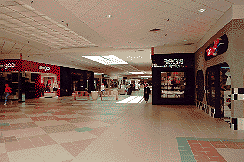
The West Manchester Mall was developed by Crown American, one of the nation's largest privately-owned real estate developers, in 1981. It was located in west York, nearby the much smaller North Mall and Delco Plaza Mall. It was a modern, single-level mall, about the same size as the York Mall on the other side of town. It featured The Bon-Ton, Hess's department store of Allentown (which at the time was a subsidiary of Crown American itself), and Gee Bee discount store of Johnstown as its anchors. West Manchester had little drama in its early years as it enjoyed dominance in west York while being far enough from the York Mall on the east side of town to maintain a delicate balance. That balance was only really upset in 1989 by the opening of George Zamias' York Galleria. The Galleria was much larger than any other mall in York, and drew a lot of business away from the York Mall in particular.

In 1992, Gee Bee, which had just survived a bankruptcy filing, was bought by rival discount store Value City. Then, in 1993, Hess's department store was circling the drain after recklessly opening too many locations too far from its home base. It closed at West Manchester, and Crown American signed a lease with Walmart to fill the space. Crown also expanded the mall in 1995, adding a new wing leading to a new Hecht's department store of Maryland. A few years later, they renovated the mall again and added a 13 screen Regal Cinemas to occipy vacant store space and keep the West Manchester Mall competitive. But the decision to bring in Walmart turned out to be a long-term curse for the mall itself, as Walmart chose to expand into a supercenter in the early 2000s. Just as it did at the York Mall, the West Manchester Walmart took over what used to be a whole wing of the mall when it expanded. Hecht's became Macy's in 2005, and Value City went out of business in 2008, to be replaced by Kohl's. A big nail in the coffin came when in 2011 The Bon-Ton announced that their store at West Manchester was "not performing as well as it should" and would close at the end of their lease the following January. At this point, Regal was mostly the only thing keeping people coming into the mall. The mall was sold in 2012 to new owners who pledged a nearly $50 million renovation to transform it into the West Manchester Town Center, an open-air retail center. With this closure, the York Galleria became the only surviving mall out of five in York, PA.
#photography#dead mall#retail#dead malls#deadmall#mall#malls#shopping mall#shopping malls#retail apocalypse#york mall#west manchester mall#delco plaza mall#north mall#dead mall series#history#pennsylvania
79 notes
·
View notes
Text
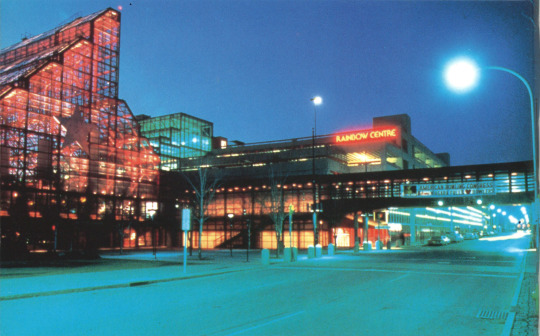
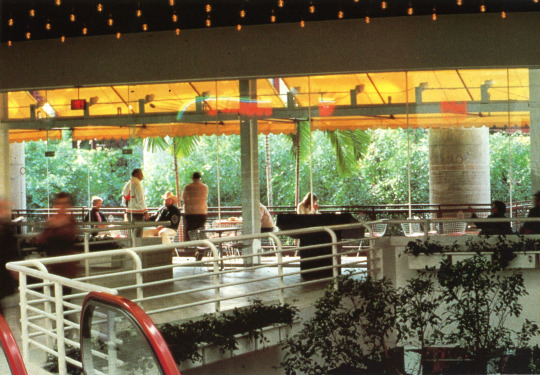

Rainbow Centre mall in Niagara Falls, New York, 1982.
Scan
298 notes
·
View notes
Text

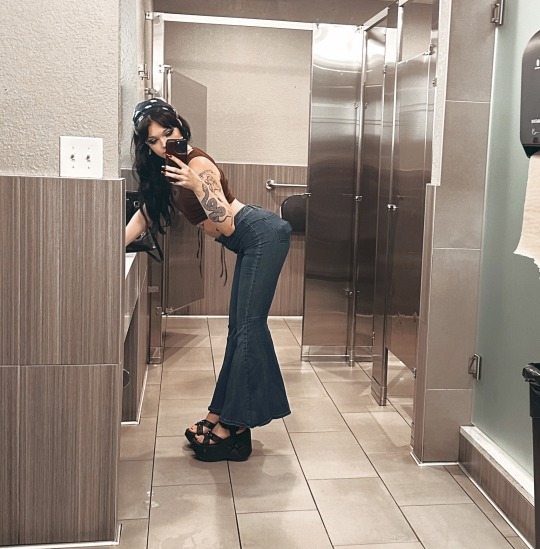
#makeup inspiration#outfit inspo#outfit inspiration#in my top 5 fav things to draw.!#alternative#altfashion#artists on tumblr#goth makeup#gothic#mall goth#gay pride#alt aesthetic#clowncore#red aesthetic#brown and black#blue#y2k fashion#y2k aesthetic#new york#denver
182 notes
·
View notes
Text

#sbarro#pizza#New York#nyc#italian#pepperoni pizza#pizza slice#food#food porn#quality#foodie#eat#yummy#foodgasm#mall of America#MOA#food court#food photography#calories#delicious#mine
92 notes
·
View notes
Text

OCULUS CENTER - NYC
#oculus#oculus center#shopping mall#centro comercial#one world trade center#new york city#ciudad de nueva york#manhattan#the big apple#la gran manzana#new york#nueva york#united states#estados unidos#north america#norte america#america
73 notes
·
View notes
Photo

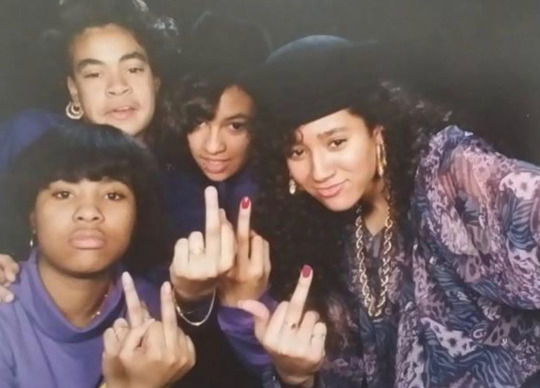
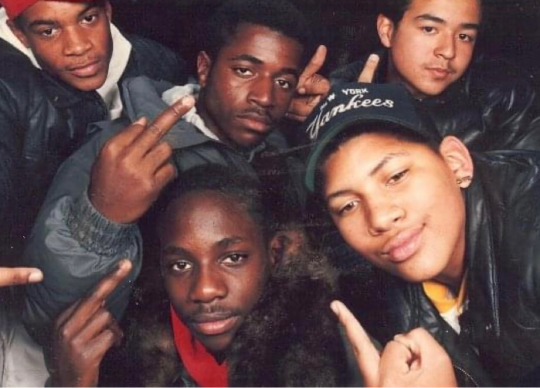







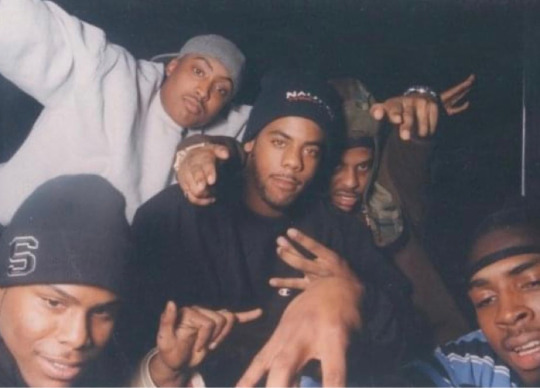

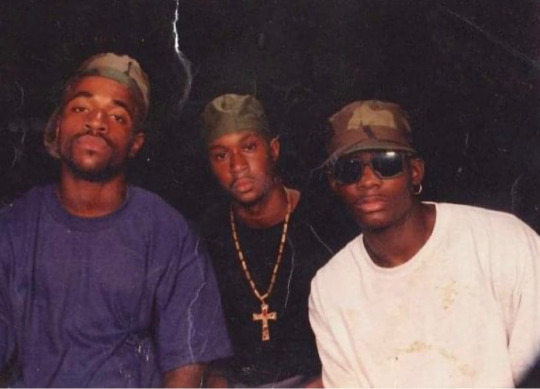

Moto Foto photo booth pictures from the 1990s at Green Acres Mall in Long Island, New York
(via meccapolis)
200 notes
·
View notes
Text




South hills mall - Poughkeepsie, New York || 1974-2008
"The Shoppes at South Hills, formerly South Hills Mall, is a shopping mall now converted into a strip mall... The mall is adjacent to its more successful rival, the Poughkeepsie Galleria, and the two properties are linked by a series of roads... The Galleria's existence led to the slow decline and eventual closing of South Hills Mall." - Wikipedia
79 notes
·
View notes
Text
The Mall

The Mall in Central Park is a famous and iconic feature of this renowned urban park located in the heart of Manhattan, New York City. It is a tree-lined promenade, often described as a "grand boulevard," that stretches for approximately 40 feet wide and 0.25 miles long. The Mall runs through the center of Central Park, offering a picturesque and serene setting for visitors. Here are some key details about The Mall:
Design and Landscape: The Mall was designed in the 1850s by the park's creators, landscape architects Frederick Law Olmsted and Calvert Vaux. It was intended to provide a peaceful and contemplative walkway that contrasts with the surrounding bustling city streets. The design includes a double row of American elm trees that create a leafy canopy overhead.
Scenic Beauty: The most striking feature of The Mall is its canopy of American elm trees, which arch over the pathway, creating a natural tunnel. The lush green canopy provides shade during the summer months and a stunning display of autumn foliage in the fall.
Historical Significance: The Mall is one of the original features of Central Park, dating back to the park's inception in the 19th century. Its historical significance lies in its role as a tranquil retreat within the bustling city, fulfilling the vision of Olmsted and Vaux.
Literary and Cultural Associations: The Mall has been featured in numerous films, television shows, and works of literature, adding to its cultural significance. It often serves as a backdrop for romantic scenes, leisurely strolls, and outdoor performances.
Statues and Sculptures: At the southern end of The Mall stands a statue of Christopher Columbus, unveiled in 1892. The Mall also includes statues of famous literary figures, such as William Shakespeare and Sir Walter Scott, as well as plaques featuring quotes from their works.
Activities and Events: Throughout the year, The Mall hosts a variety of events and activities. These can include art installations, concerts, outdoor performances, and cultural festivals. The pathway is often filled with musicians, artists, and street performers showcasing their talents.
Wedding Photography: Due to its romantic atmosphere and picturesque setting, The Mall is a popular location for wedding and engagement photography. Many couples choose to capture their special moments amid the elegant backdrop of the tree-lined promenade.
Four Seasons: The Mall offers a different experience in each season. In the spring, the elm trees sprout new leaves, creating a lush green canopy. In the fall, the changing leaves create a breathtaking display of autumn colors. During the winter, The Mall can be particularly enchanting when covered in snow.
Access and Location: The Mall is easily accessible by foot from various points within Central Park, making it a central and popular destination for park visitors. It is located near other notable landmarks such as Bethesda Terrace, the Central Park Zoo, and the Central Park Conservatory Garden.
Artistic Inspiration: The Mall has been a source of inspiration for countless artists, photographers, and writers. The atmospheric beauty of the tree-lined pathway and the changing seasons make it a captivating subject for creative expression.
Fitness and Recreation: While The Mall is primarily known for its leisurely strolls and cultural activities, it also provides an excellent space for various recreational activities, including jogging, yoga, and tai chi. The wide pathway and serene surroundings make it an ideal place for outdoor exercise.
Wedding Ceremonies: Beyond photography, The Mall is a popular choice for outdoor wedding ceremonies due to its romantic ambiance and picturesque backdrop. Couples often choose to exchange vows beneath the elegant canopy of elm trees.
Cross-Country Skiing: During the winter months when Central Park is covered in snow, The Mall transforms into a cross-country skiing destination. It offers a serene and snow-covered landscape for winter sports enthusiasts.
Quiet Reflection: Amidst the activities and events, The Mall provides moments of quiet reflection. Many visitors come here to find solitude, read a book, or simply enjoy a peaceful pause from the demands of city life.
Birdwatching: Central Park is a haven for birdwatchers, and The Mall is no exception. The combination of trees and open space attracts a variety of bird species, making it an excellent spot for birdwatching.
Educational Opportunities: The Mall's natural setting and historical significance provide opportunities for educational programs and guided tours. Visitors can learn about the park's history, ecology, and the significance of its design.
Horse-Drawn Carriages: Visitors can often spot horse-drawn carriages offering rides along The Mall and other parts of Central Park. It's a charming and nostalgic way to explore the park while taking in the scenic beauty.
Public Art Installations: Central Park frequently hosts temporary art installations, and The Mall is no exception. These installations can include sculptures, art exhibitions, and interactive displays, adding an artistic dimension to the natural surroundings.
Access: The Mall is wheelchair and stroller accessible, ensuring that visitors of all mobility levels can enjoy this iconic feature of Central Park.
In summary, The Mall in Central Park is a multifaceted destination that caters to a wide range of interests and experiences. Its natural beauty, cultural significance, and seasonal transformations make it a beloved and enduring part of Central Park's charm, providing both New Yorkers and visitors with a tranquil and enchanting urban escape.
#The Mall#New York City#new york#newyork#New-York#nyc#NY#manhattan#urban#city#USA#buildings#visit-new-york.tumblr.com#outdoors#journey#street#architecture#travel
185 notes
·
View notes
Text
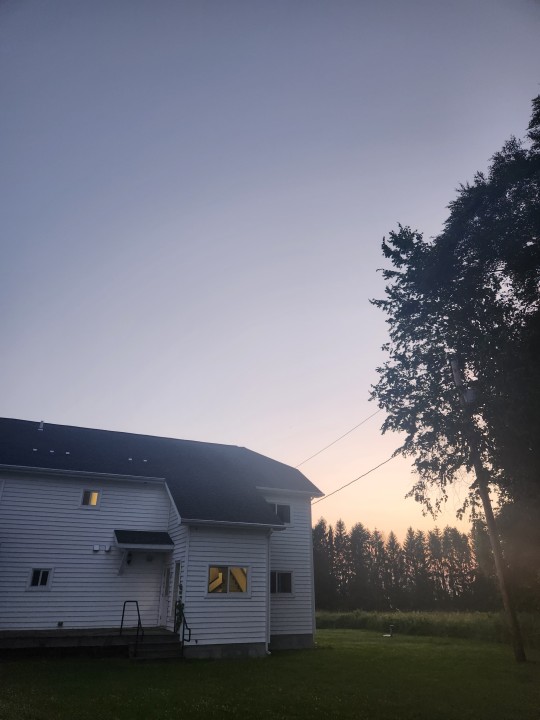
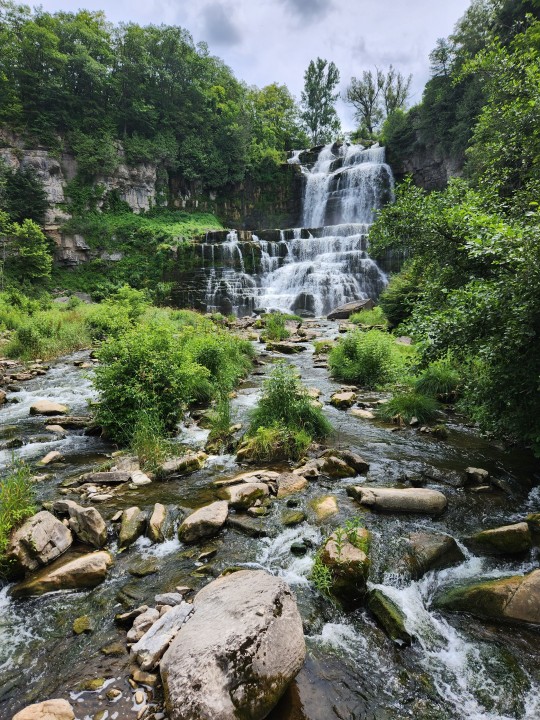
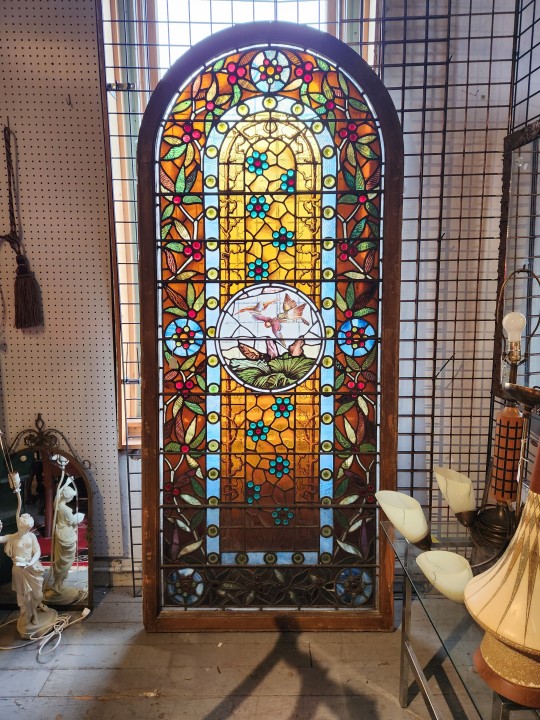


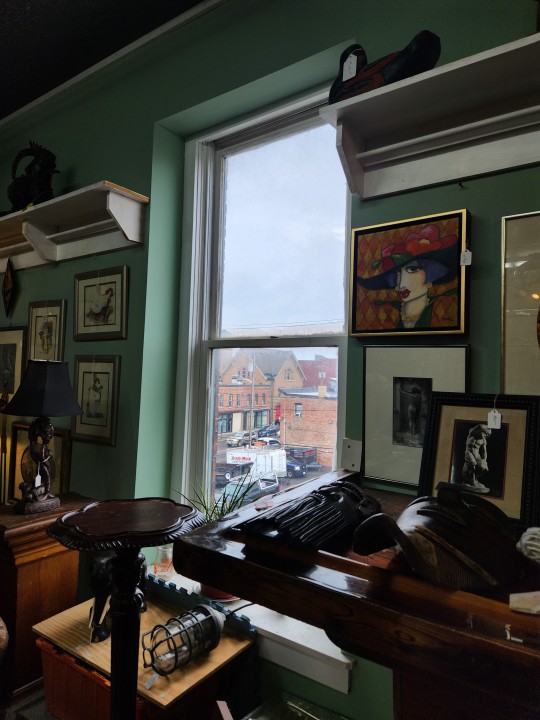
Nothing felt real this weekend 🪐
#me#mine#watefall#nature#creek#river#water#antique#antique mall#pictures#images#stained glass#dreamy#dream#upstate new york#upstate ny#new york state#ny state#thrifting#antiquing#summer#weekend#july#aquatic#berry#dewberry#fruit#forage#foraging#outdoors
80 notes
·
View notes
Text
listening to audio from that night's concert and that old man singing the way he always does is a temptress
#like am i going insane no im not but his voice is just. wow#ok took a break to hear it doesnt have to be that way. still the song ever#forgot that balls followed it what an insane segue. never change guys#but back to that old man do you get it. the weird way he pronounces things his silly unique little voice it captivates me what can i say#like theres never been a guy like this. do you get it. and seeing him in real life was bonkers#sorry for the past month or so ive had a break from spars but never forget that im still that sparks nutcase. theyre so#that old mans seductive nature aside his voice really did sound good at the new york show. like boy was hitting the notes and having fun#in this concert audio i just heard someone ask 'whats going on' as ron comes onstage for shopping mall of love#you better take your sensitive ass back to a regular concert this is SPARKS BITCH!!!!!!#ok im done being silly and reminiscing now.#spars
8 notes
·
View notes
Text

canal st market, manhattan, nyc - yashica mg-1 & 400 speed color film - developed at eliz digital & scanned with minolta dimage dual iii
#35mm#new york city#restaurants#people#food & drink#malls#shopping malls#35mm photography#35mm color photography#film photography#grunge#city photography#urban landscape#soft grunge#film grain#night for night#night photography#film#city#manhattan#nyc
33 notes
·
View notes
Text


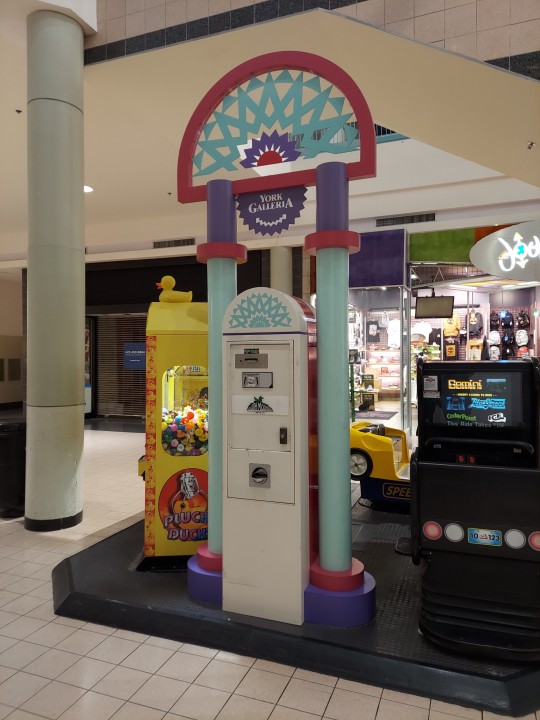

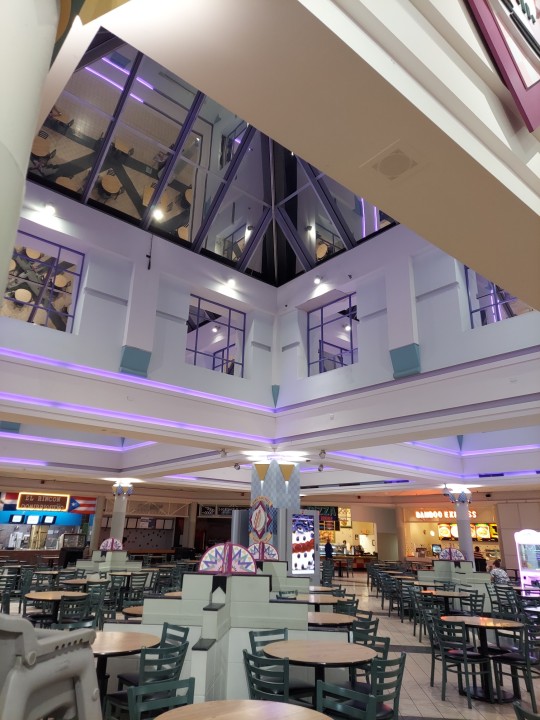
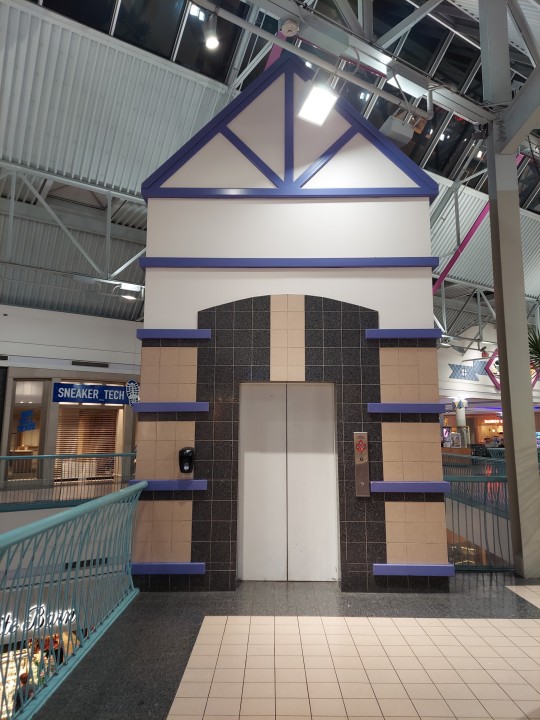
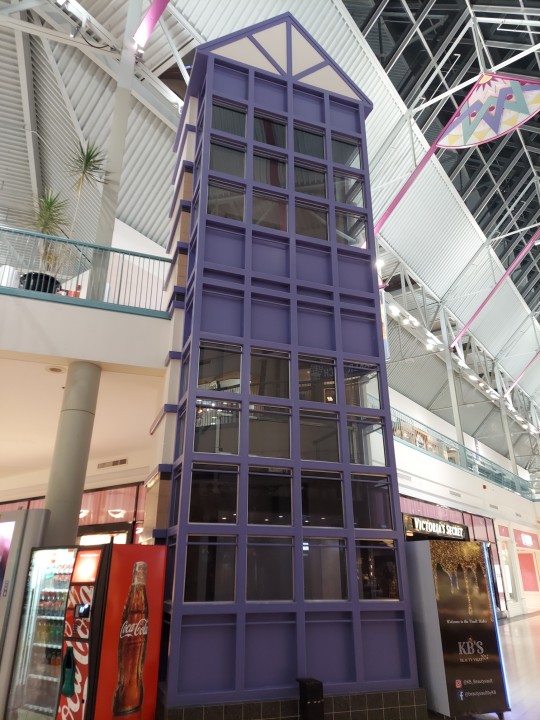


The York Galleria is the only surviving one of five malls developed in York, PA, over the years. Prior to the Galleria, the east side of York had the York Mall, opened in 1968, with anchors JCPenney, Montgomery Ward, and York's own The Bon-Ton, as well as a flagship location of McCrory's variety store. The west side of town was dominated by the West Manchester Mall, a 1981 mall from major mall developer Crown American Corporation. This mall featured Hess's, The Bon-Ton, and Gee Bee as anchors. The two other malls, North Mall and Delco Plaza Mall, were smaller and both struggled to compete with the nearby West Manchester.
In the late 80s, another big mall developer, George Zamias, chose to build the York Galleria in east York - right next to the York Mall. He described the Galleria as the 21st century mall that York deserved. Upon opening in 1989, York Galleria featured Sears, Boscov's, JCPenney, and The Bon-Ton; the latter two stores had left the York Mall behind to join the Galleria.
This presented an opportunity for Arkansas-based Walmart to open at the wounded York Mall in its former JCPenney building in 1990. It was the first store in PA for the particularly ruthless Walmart, which would spend the next 30 years laying waste to rival northeastern discount stores. The West Manchester Mall wasn't hit as hard by the opening of the Galleria, but it too made the mistake of welcoming in Walmart to replace their closed Hess's store in 1993.
Walmart later expanded both stores into supercenters that swallowed up huge sections of the malls they were attached to, and a Sam's Club was added at the York Mall site next to Montgomery Ward. Far from keeping these two malls afloat, Walmart helped kill them from the inside out. The closure of Montgomery Ward in the late 90s was the final straw for York Mall; West Manchester was slated for redevelopment after The Bon-Ton left in 2011. Today, the York Galleria stands as the city's only mall, but it has faced its own struggles recently. At least part of this comes from the various former malls in York that the Galleria had previously helped to kill.
#york galleria#photography#dead mall#retail#dead malls#deadmall#mall#malls#shopping mall#shopping malls#retail apocalypse#pennsylvania#dead mall series#explore#exploration#history#walmart#tile#neon aesthetic#neon sign#neon#food court#skylight
297 notes
·
View notes
Text

New York requires every high building in Manhattan to have a public function, like Trump tower atrium. From 'Inside New York' (1991)
Scan
167 notes
·
View notes
Text

Clock of the Nations, Midtown Plaza Mall, Rochester, New York
94 notes
·
View notes
Text
Going to the movies in 1992
#90s#home movie#vhs footage#movie theater#by vampire robot on youtube#description of the video reads:#Footage from a Loews New York theater inside a mall.#From the weekend of March 6:#Some of the titles that are playing include:#Fried Green Tomatoes#The Prince of Tides#The Hand That Rocks the Cradle#J.F.K#Wayne's World#Gladiator#Memoirs of an Invisible Man#This video last around 6 minutes.
10 notes
·
View notes
Text

chiikawa x miniso pop up ♡
#tumblr quality#mine#chiikawa#kawaiicore#kawaii#pastel#cute#colorful#pink#pinkcore#kawaii aesthetic#kawaii art#save quality#quality blog#nyc#new york city#tangram mall
4 notes
·
View notes